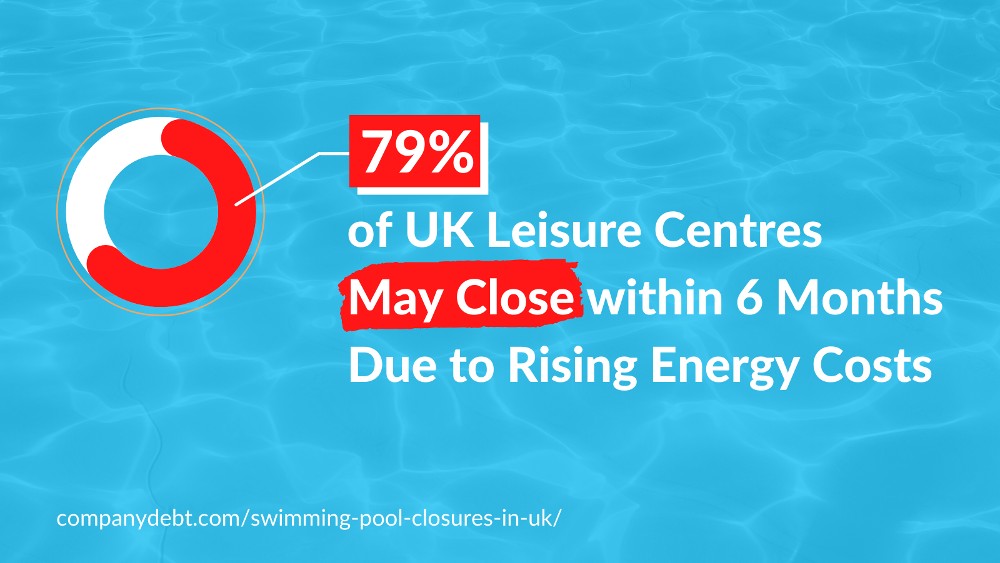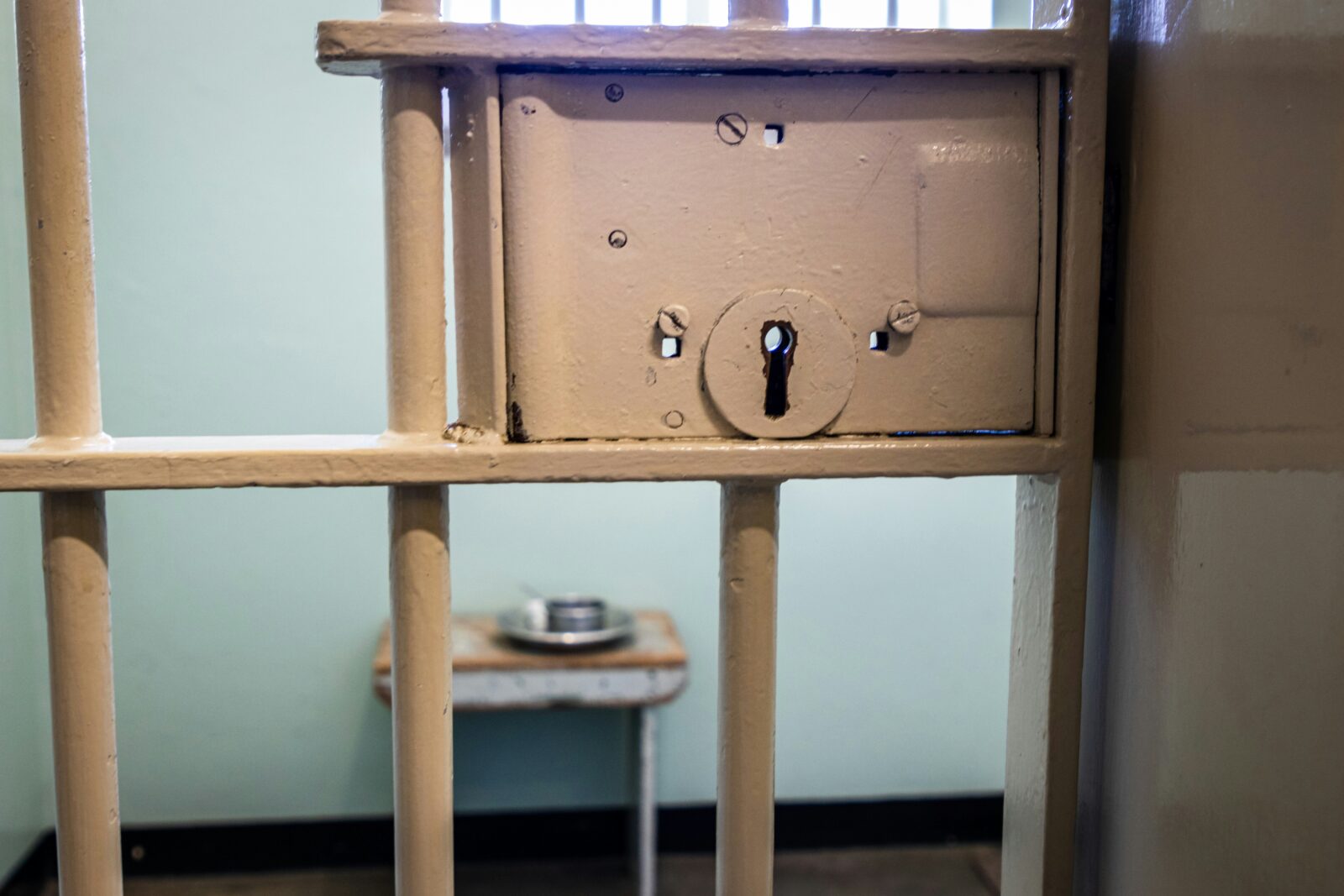
Poolmageddon: 79% of UK pools May Close Within 6 Months
UK swimming pools face an existential threat this summer as energy prices risk the worst spate of insolvencies in the sector’s history.
Estimates suggest the cost of heating Britain’s swimming pools could rise to £1.25 billion this year, from £500 million in 2019. This means a cost increase of up to 150% for larger operators.
A survey by UK Active, which promotes leisure centres across the public, private and third sectors, found that as many as 79% of public leisure facilities could be forced to close their doors in the next six months.
Supply chain issues due to COVID-19 and the war in Ukraine are also adding other pressurs to the beleaguered sector. A global chlorine shortage has pushed prices up 79% compared to 2019, while several pool chains have announced imminent closures due to an inability to purchase chlorine at all.

Mass Business Failure that Will Impact Public Health
Industry leaders from ukactive, the Local Government Association, the Chief Cultural and Leisure Officers Association (CLOA), Swim England, the Chartered Institute for the Management of Sport and Physical Activity (CIMSPA), the District Councils’ Network (DCN) and Community Leisure UK (CLUK) wrote to the government last month urging prompt action to prevent a wave of leisure facility closures in the coming months.
The UKactive survey found that
- 85% of facilities surveyed stated that they are likely or extremely likely to reduce services.
- 63% of facilities surveyed stated that they are likely or extremely likely to reduce staffing levels.
- 78% of facilities surveyed stated that they are likely or extremely likely to increase customer pricing.
“Whilst we appreciate this is a crisis that is impacting all aspects of our economy and society, the projected figures we set out in this letter forecast the collapse of parts of the sport and physical activity infrastructure in this country over the coming months,’ they appealed.
“The implications of these very important services ceasing to operate, especially given some provide statutory services, will not only be business failure and job losses, but the restriction of vital health and wellbeing services for millions of people of all ages and all backgrounds that are a core part of levelling up the UK.”
Threats that predate COVID-19
Swim England, the national governing body for swimming in England, had already sounded the alarm for the pool industry prior to the arrival of COVID-19. Its 2019 report predicted around 1,800 pools would close by 2030 as those built during a boom in the 1960s and 1970s became too old and expensive to upgrade.
COVID-19 the hit the industry with particular force, closing premises and reducing numbers due to social distancing measures. In all, about 200 swimming pools closed during the pandemic, meaning 23% of local authorities in England have a shortage of one swimming pool, with London the worst off with a shortage of 31 pools.
This year’s rising energy costs, therefore, may prove the tipping point for many in a sector that was already fragile.
“Pools are hubs of the local community, helping people of all ages to lead healthier, happier lives and saving the NHS hundreds of millions of pounds each year,’ writes Jane Nickerson, Swim England chief executive.
“We are forecasting a huge decline in the available water space by the end of the decade, threatening the future of our sports, leaving millions shut out of the activities they love and widening health inequities.
“The time to act is now.”








